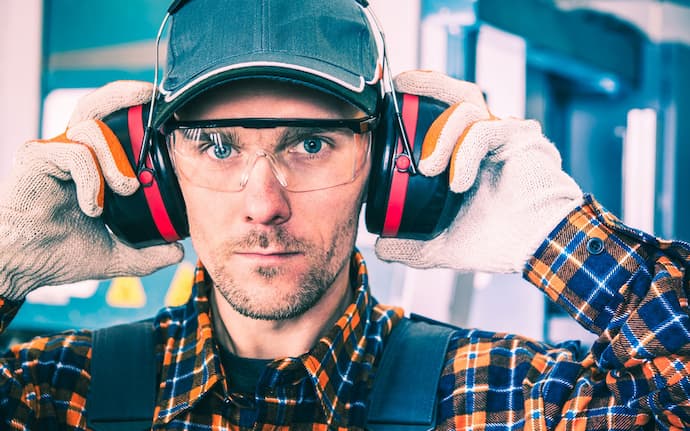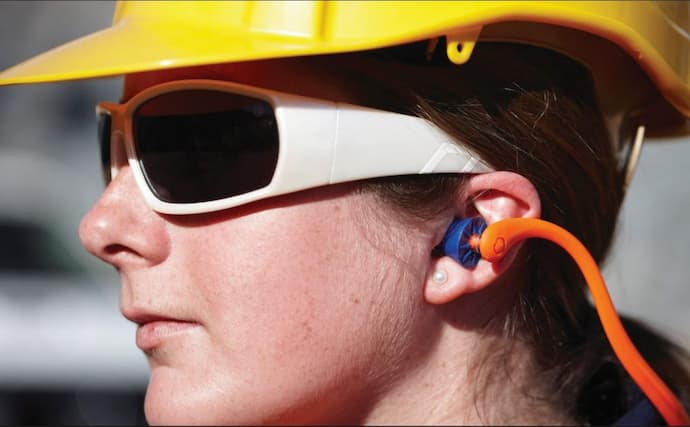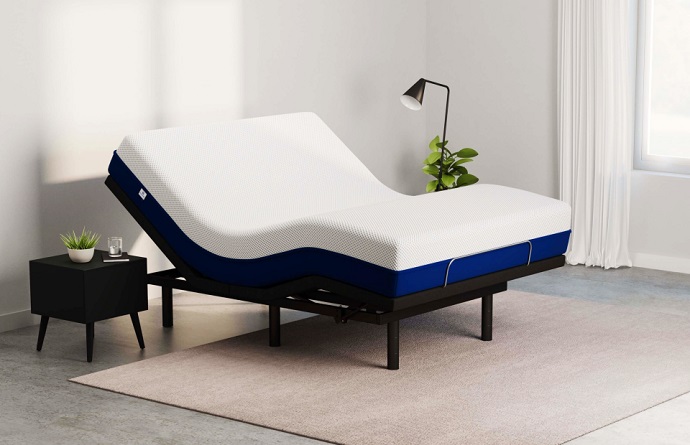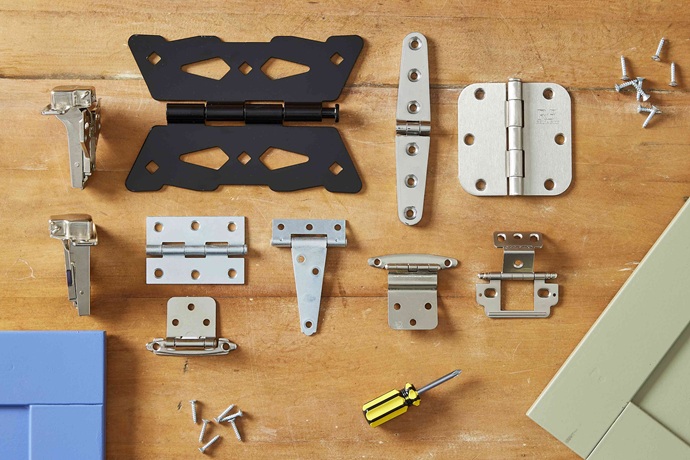Working as a welder usually involves exposure to extreme decibel levels, which can cause permanent hearing loss. Hearing protection is critical due to the noises produced by welding, grinding, and other industrial tools. In addition, hearing loss in the working environment can lead to various problems such as tinnitus, vertigo, annoying ringing in the ears, dizziness, even pain and exhaustion. To avoid this, it is best to be aware of using the proper hearing protection equipment in your workplace.
Hearing Damage

Any noise that exceeds 85 dB is detrimental to your hearing. Sounds in the workplace reach this intensity more frequently than you may expect, whether due to continuous usage of various equipment or the regular occurrence of loud surges (from metal falling or other heavy materials). The more noise your ears are exposed to, the more likely you will develop Noise-Induced Hearing Loss (NIHL).
Types of Hearing Protectors
There are three basic types of industrial hearing protectors: earmuffs, earplugs and canal caps. Each type has advantages and disadvantages.
Ear Muffs

Industrial ear muffs are devices worn over the ears to protect them from harmful noise levels. They block out the sound completely and prevent any harm from occurring. As most workplaces have different levels of noise exposure, it is important to find the right level of protection for your situation.
Comfort
Ear muffs are one of the most comfortable options for hearing protection. This is because they do not have any form of contact with the ear canal, thus avoiding any discomfort. If a person wears earplugs, it can sometimes cause pain in the ear, especially if worn for extended periods, but earmuffs are designed to be comfortable and won’t cause this problem.
Easy to Use
Earmuffs are very easy to use and you don’t have to spend a lot of time understanding how they work and how you should wear them. They are designed to be simple, and all you need to do is to place them on your head and over your ears. All the user needs to do is push the headband into place over their head and make sure that both earpieces are in position.
Adjustable
Most industrial ear muffs can be adjusted to fit correctly on any person’s head, regardless of their size or shape. This makes them ideal for workers who work with different machinery regularly as they can easily adjust their level of protection accordingly.
Lightweight
Ear muffs tend to be lightweight and comfortable, which is ideal if you need to wear them for long periods at work. This means that they are unlikely to cause neck or back pain and will not interfere with your ability to carry out everyday tasks. However, if you find that your industrial ear muffs feel too tight after extended use, it may be worth investing in a new pair, as this could affect your comfort level and even compromise your safety at work.
Ear Plugs

Earplugs are used for hearing protection against harmful noise levels at the workplace or in areas where such noise levels are difficult to avoid. These earplugs block out high-decibel sounds like drilling machines, jackhammers, construction, traffic noise etc. Some earplugs have filters that allow low volume sounds to pass through while blocking out high-decibel noise. For example, they are used in heavy machinery manufacturing plants, oil fields, construction sites etc. Earplugs also protect ears against sudden loud noises, such as a gun going off or an explosion.
These earplugs come in many different forms and materials: foam (usually polyurethane), silicone, waxed cotton and compound plastic. Some of these can be moulded to the shape of the ear canal while others fit more loosely. They’re also small enough to fit in your work trousers so you can always keep a pair in your pocket just in case.
Canal Caps

Canal caps are a convenient and inexpensive way to protect your ears from harmful noise. Unlike traditional earplugs, you do not have to roll canal caps before inserting them into your ear, making them a good choice for those with limited dexterity or physical ability. Canal caps provide full protection without muffling or distorting sounds as traditional foam plugs can.
They also help reduce the discomfort that comes from wearing hearing protection for extended periods of time. Canal caps are made from soft silicone rubber, so they are comfortable enough to wear all day for many days in a row.
How to Choose a Hearing Protector
When choosing the right type of hearing protection, it’s essential to know the differences between the different types and ratings of earplugs and earmuffs. Earplugs and earmuffs are available in a wide range of styles and noise reduction ratings (NRR) to fit a variety of applications. In general, it is good to choose hearing protection that provides superior noise reduction and comfort over a more extended period of time.
Final Thoughts
Protecting your hearing from harmful noises is an essential and minimally disruptive component of workers’ safety procedures. On the other hand, if you need to use ear protection in the workplace, various types of hearing protection are available. For most people, earmuffs or earplugs are the best choice and should be used almost all the time.



















